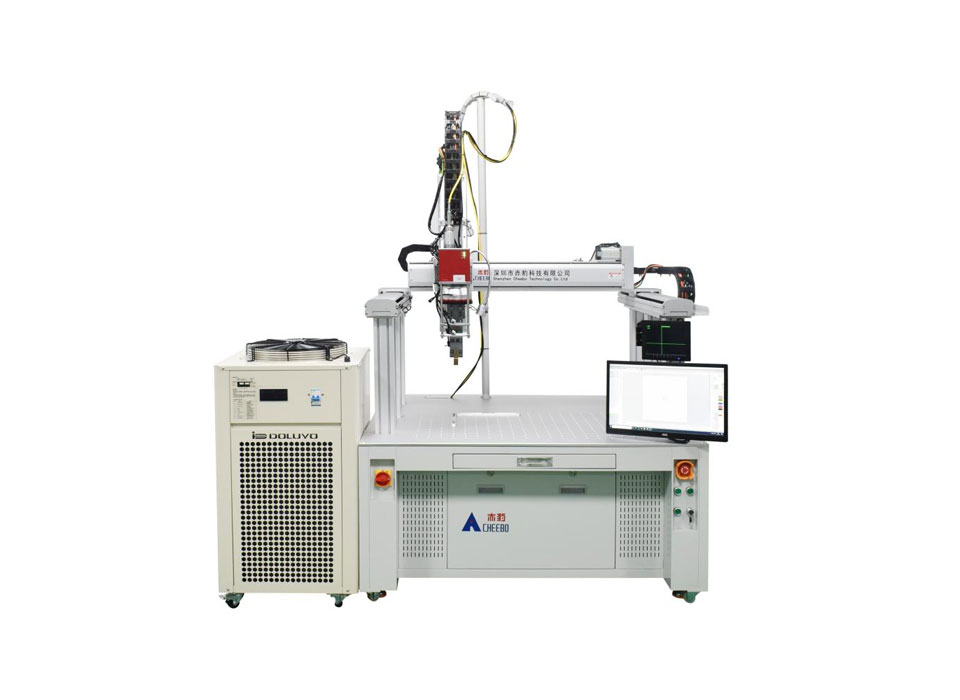
The latest progress and future trends of laser welding technology
2024-08-04 18:38:42
Since its inception, laser welding technology has rapidly become an important tool in modern manufacturing due to its high energy density, non-contact processing, and low thermal impact. In recent years, with the continuous advancement of technology, laser welding technology has also been constantly innovated and developed, showing broad application prospects.
Firstly, the application of fiber lasers is becoming increasingly popular. Compared to traditional carbon dioxide lasers and YAG lasers, fiber lasers have higher photoelectric conversion efficiency, longer service life, and lower maintenance costs. In addition, the output beam quality of fiber lasers is higher, which can achieve finer welding, especially suitable for welding thin materials and precision parts.
Secondly, the development of intelligent laser welding systems has become a hot topic. Combining artificial intelligence and machine vision technology, modern laser welding systems can achieve automatic recognition, real-time monitoring, and self adjustment functions. This intelligent system not only significantly improves production efficiency, but also ensures consistency and stability in welding quality, making it particularly suitable for large-scale production and processing of complex workpieces.
Thirdly, laser composite welding technology is gradually emerging. Laser composite welding combines laser welding with other welding methods such as arc welding, resistance welding, etc., fully utilizing the advantages of various welding methods to achieve better welding results. For example, laser arc hybrid welding technology can utilize both the high energy density of lasers and the deep penetration ability of arcs, making it suitable for efficient welding of thick plate materials.

In addition, significant progress has been made in ultra short pulse laser welding technology. Ultra short pulse lasers, such as femtosecond and picosecond lasers, have extremely high peak power and short operating time, enabling precise micro welding without damaging surrounding materials. This technology is particularly suitable for welding heat sensitive materials and small parts, such as biomedical materials and electronic components.
Looking ahead to the future, laser welding technology will continue to develop towards high efficiency, high precision, and multifunctionality. With the continuous emergence of new materials and processes, the application fields of laser welding technology will further expand, from traditional manufacturing to emerging industries such as new energy and biomedicine, all of which will benefit from the development of this advanced technology.
In summary, the latest developments and future trends in laser welding technology demonstrate its enormous potential in modern industry. Through continuous innovation and technological integration, laser welding technology will continue to contribute to the intelligence and efficiency of the manufacturing industry.
Previous:How to choose the laser welding machine that suits you Next:Application case of laser welding machine in automobile manufacturing industry
You Can Also Search For Relevant Information Tags:
【Recommended Reading】
- 2024-11-06Introduction to the production process of battery module pack production line
- 2024-11-06What equipment is included in the battery module pack production line
- 2024-11-06Maintenance and upkeep of lithium battery spot welding machine
- 2024-11-06Working principle of lithium battery spot welding machine

 Service Hotline
Service Hotline
189-2746-5307
Shenzhen Headquarters: Block A, 3rd Floor, Building 1, Houhai Xufa Technology Park, No. 8 Zhenxing Road, Loucun, Xinhu Community, Guangming New District, Shenzhen, Guangdong Province, China
Zhejiang Office: No. 45, 6th Street, Wuzhong South Road, Changcheng Economic Development Zone, Yongkang City, Jinhua City, Zhejiang Province

 Message Inquiry
Message Inquiry






